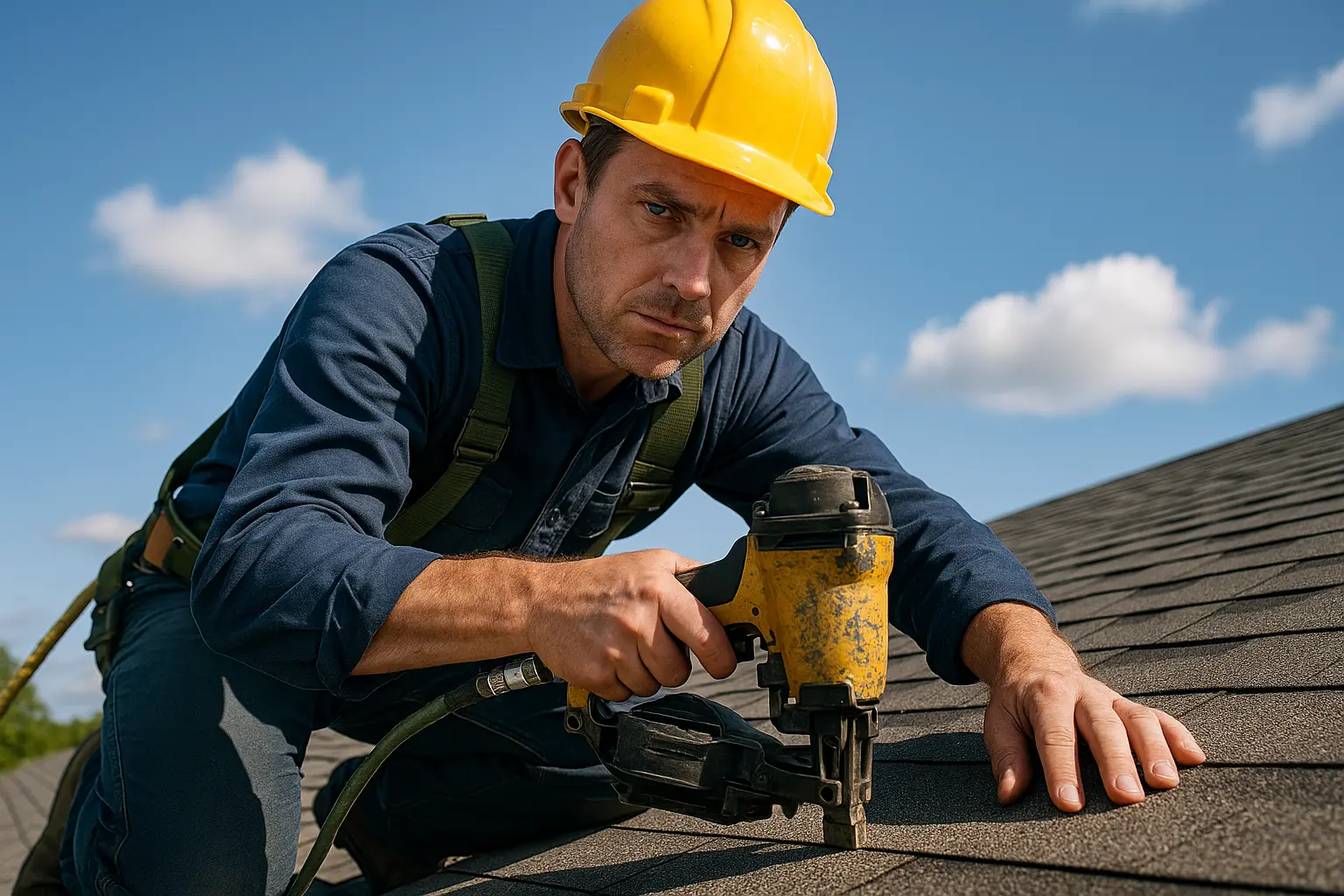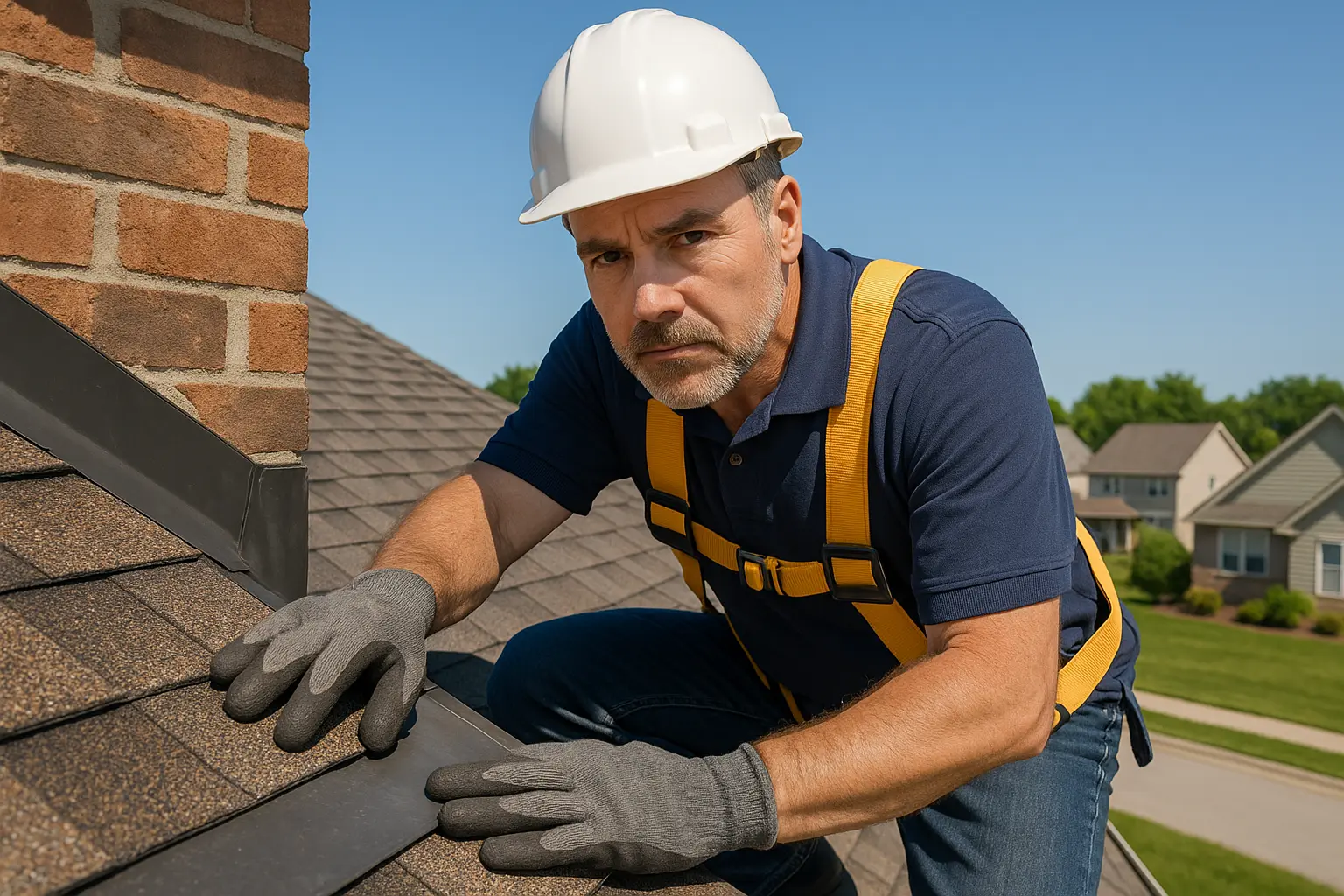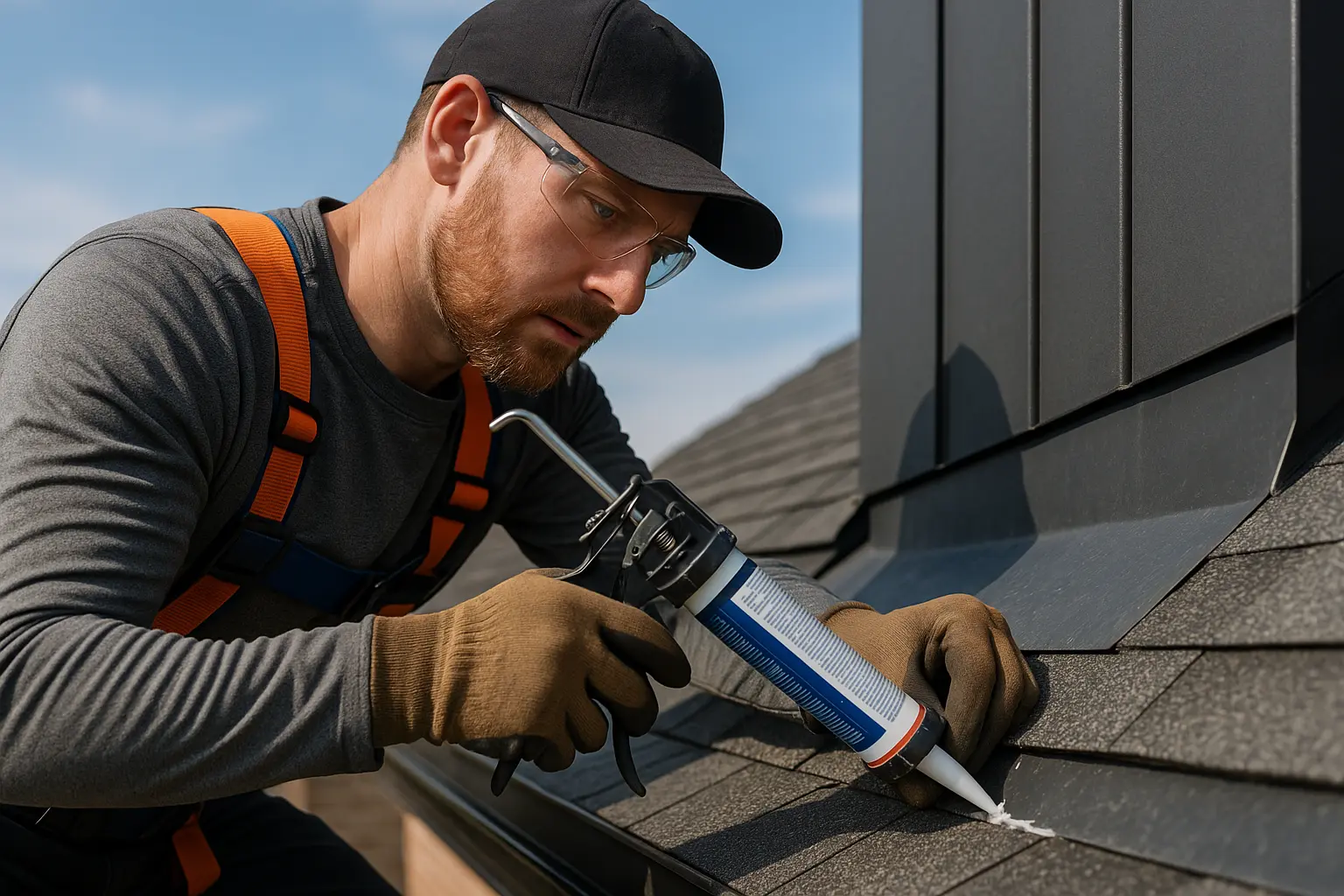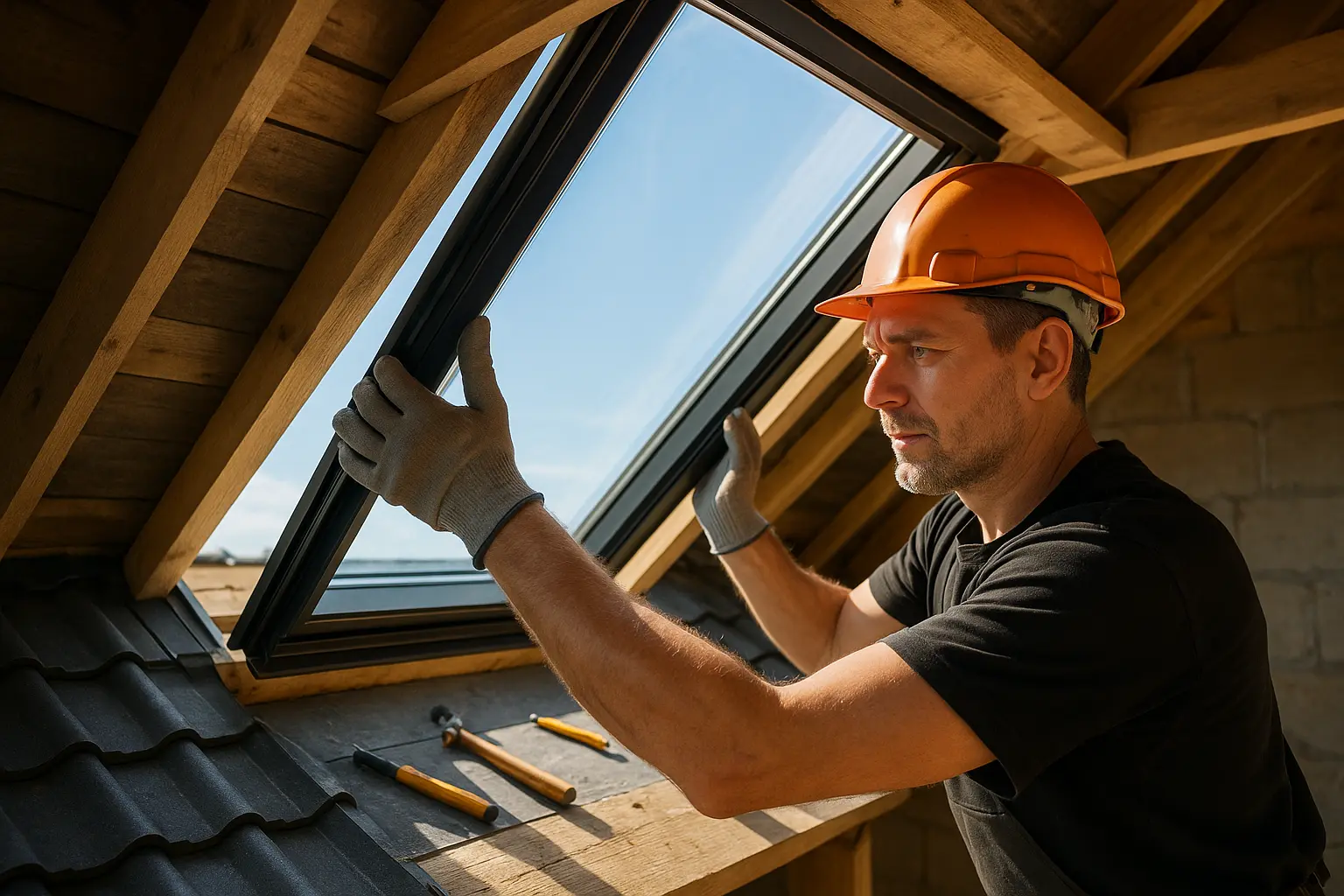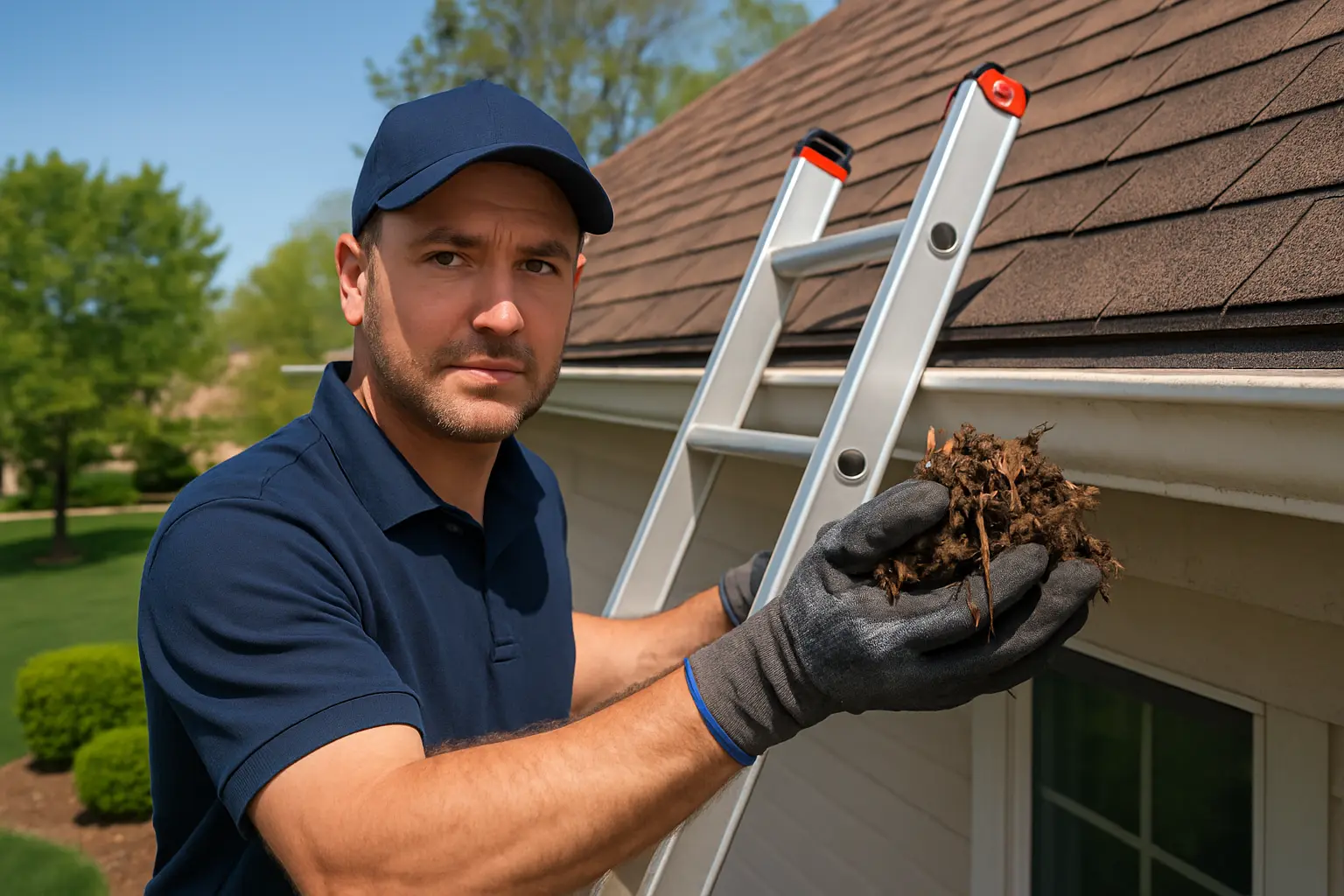Understanding Roof Damage and How to Stay Ahead with shingles, fastening, storm-proof
Roof damage is more than just a look or style issue – it can affect the very strength and safety of your home, leading to sky-high repair bills and future headaches. Homeowners need to know what wears a roof out, especially when strong winds come into play. In this guide, we explore the typical reasons behind roof damage, the early warning signs, and steps you can take to avoid expensive fixes.
Common Causes of Roof Damage
Extreme weather, and especially high winds, often set the stage for roof problems. Over time, winds can rip away shingles, loosen tiles, and sometimes even weaken the entire structure. Even the best roofs, built during calm days, aren’t immune when powerful gusts pick up. Homeowners living in stormy or coastal areas often see that roofs made of quality materials can still suffer if routine care is ignored.
A number of factors can increase a roof’s chance of damage:
- Roof Age: With years of exposure to sun, rain, and wind, roofs can start to crack or become brittle. When your roof ages, even small wind gusts can reveal hidden vulnerabilities.
- Materials Used: Heavier roofing options may seem strong, but if they aren’t installed properly or lack proper support, failure can happen. Some high-grade metals or advanced asphalt shingles typically stand up better to high winds.
- Maintenance Habits: Regular check-ups are crucial. Without proper care, minor fixes can turn into major structural issues. Neglected maintenance lets every little problem snowball into a costly repair.
Take a home near the ocean, for example. A roof built 15 years ago – even if made with top-notch materials – may show early damage from salt in the air, combined with swirling high winds. In these situations, keeping up with maintenance is not just smart; it’s essential.
Signs Your Roof Needs Attention
Recognizing trouble early could be the difference between a minor repair and a major fix later on. Missing or damaged shingles, gathered debris, and drooping areas in the roof are signs that something is off.
Watch out for these clues:
- Missing or Damaged Shingles: Winds can seize on loose or already damaged shingles, removing them and exposing the roof underneath. Without a solid cover, water intrusion and further damage can follow rapidly.
- Debris Pile-Up: After a strong wind, you might see twigs, leaves, or broken pieces of roofing material pooled in certain parts of the roof. While a bit of debris can seem harmless, it may signal that parts of your roof are not secure.
- Sagging Sections: Notice any dip or sag in your roof line? That may be a sign of a deeper structural concern brought on by wind pressure. Spotting this early can help you fix issues before they worsen.
One homeowner found small leaks in the attic after a storm. Investigation revealed that a few shifted shingles – likely a result of high winds – had opened the door for rainwater. Tackling the issue quickly saved them from more severe water damage and the risk of mold.
Prepare Your Roof with shingles, fastening, storm-proof
Getting your roof ready before and after wild weather is key to keeping your home safe. This preparation isn’t a one-step deal; it involves a steady cycle of checks, timely fixes, and smart choices about materials and repairs.
Remember, proper care now can translate to fewer repairs and more lasting protection later on. It’s much like putting money in the bank with every small improvement you make. Plus, solid roof upkeep doesn’t only shield your home but can gently lower future maintenance costs.
Implementing shingles, fastening, storm-proof Measures
One solid way to defend your roof is by keeping up with regular inspections. Experts suggest that every homeowner should line up a professional roof check at least once a year, or right after the storm clouds clear. During these checks, the pros look for hidden damage that regular eyes might miss, using tools such as drones or thermal cameras. They might find tiny cracks, sole distress, or spots where the roof’s bond is weakening – all signals that you need to act before the damage gets worse.
Routine inspections also create a history of your roof’s condition. This record can be really handy if insurance ever needs to be involved after a massive storm, showing that you took proper care of your property.
When dealing with repairs, it’s important to keep your roof tightly secured. Loose shingles and tiles can spell disaster when the wind picks up. For example, using a high-quality adhesive on your roof’s surface can keep those elements from being whisked away by a gust. With the right approach, each repair becomes part of a bigger plan – one that strengthens your roof overall for wind roof protection and long-term resilience.
Effective Roofing Materials and Smart Choices
The material you choose for your roof plays a huge part in how well it stands up to nature’s fury. Quality metal roofs or high-end asphalt shingles can really hold their own when winds are strong. Not only do they fend off harsh weather, but they can also help keep your energy bills in check by reflecting heat away from your home.
Selecting the best materials also means considering your weather. For coastal homes, salt in the air can wear down lesser products. Investing in quality now could save you from constant repairs later. In this light, a thoughtful installation becomes your silent insurance against future storms.
Many homeowners have discovered that mixing in a few extra measures – like high-tech adhesive methods during installation – enhances the overall connection between the roof elements. This extra effort in shingles, fastening, storm-proof methods minimizes the risk of wind damage while boosting wind roof protection in the process.
Strengthening Your Roof’s Core
Even if you start with top-notch materials, you can add more security to your roof’s structure. Reinforcing the supporting frame not only guards against wild winds but also boosts the roof’s entire lifespan.
One key upgrade is ensuring your roof’s support is solid enough to take on nature’s force. Reinforced trusses, better tie-downs, and even extra bracing work together to create a sturdier shelter over your home. With these upgrades, every piece plays its role in making your roof more resilient.
Add Extra Trusses and Secure Fastenings
Trusses form the backbone of any roof. They spread out weight evenly and help the roof shrug off intense wind pressure. In storm-prone areas, building codes often insist on extra trusses – and many homeowners find that adding these extra supports makes a big difference. Upgrading the truss system not only protects your roof during storms but can also improve the overall design and strength.
Another practical move is installing or updating your roof tie-downs, often called hurricane straps. These fasteners link the roof directly to the home’s frame, reducing the chance that fierce winds will lift the roof off. This small addition becomes a big benefit when storms hit hard. In one area, families found that using upgraded straps led to fewer instances of wind-related damage, proving that secure fastenings can save both money and stress.
Finally, don’t overlook internal bracing. Adding extra supports like cross-bracing between rafters spreads out stress over a wider area, improving wind roof protection. Customizing these supports according to your roof’s design might need expert advice, but the payoff is a home that feels a lot safer during wild weather.
Yard Care: The Hidden Ally in Roof Protection
Your yard might seem separate from your roof, but it plays a big role in keeping your home secure. Outdoor obstacles, like overgrown trees or loose garden furniture, can become flying hazards when winds ramp up. Keeping your yard tidy helps create a buffer zone, making sure nothing turns into a roof hazard.
Think of it as an extra layer of defense; a well-kept yard combined with quality roofing steps works together to set up strong wind roof protection for your entire home.
Maintain Trees and Secure Outdoor Items
Overhanging tree branches are a real risk during windy days. Regular trimming not only makes your yard look neat but also stops heavy limbs from breaking off and landing on your roof. Insurance companies sometimes even recommend proper tree care as a way to lower storm damage claims.
Similarly, before any big wind event, do a quick check of your yard. Remove or securely fasten items like garden furniture, tools, and ornaments. These simple actions keep potential projectiles from causing extra harm to your roof and other parts of your house.
Adding extra features like wind barriers – sturdy fences or rows of thick hedges – can also guide wind away from your home. These measures create small zones of reduced wind pressure and boost protection around the roof.
Conclusion
In short, protecting your roof from wind damage means combining smart maintenance with sturdy construction practices. It all starts with knowing the early signs of damage, keeping up with regular checks, and choosing quality materials that stand strong in rough weather. Investing in proper care now not only improves wind roof protection but also keeps repair bills at bay.
Each step from sealing loose shingles with quality adhesives to installing robust tie-downs reinforces your home’s shield against fierce winds. Using effective techniques like consistent inspections and upgrading your roof’s internal supports ensures your home stays safe for years to come.
With proactive measures and careful planning, you can transform your roof into a reliable shelter. Whether you’re in a stormy region or just want peace of mind, backed-up precautions including proper yard care will keep things on track.
Remember, a well-protected roof isn’t built overnight – it’s maintained through smart repairs, regular check-ups, and thoughtful upgrades. Starting today with these proven methods, including the trusted approach of shingles, fastening, storm-proof practices, will stand as your best defense against whatever weather comes next.
Protect your investment by scheduling a detailed inspection and addressing any issues immediately. With expert advice, reliable materials, and consistent care, your home will enjoy solid wind roof protection and a future free from unexpected damage.

